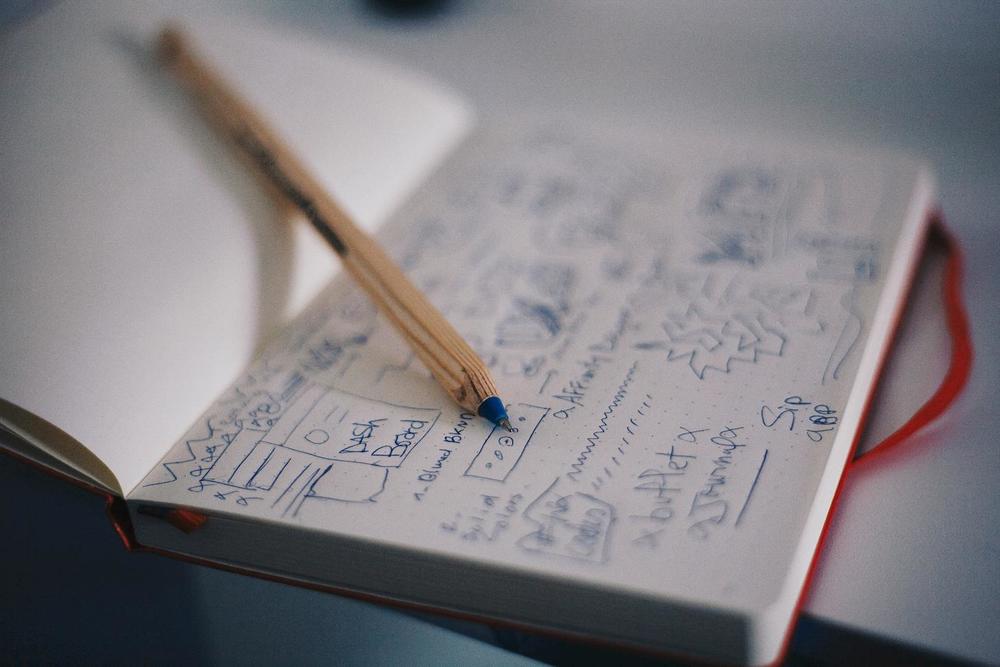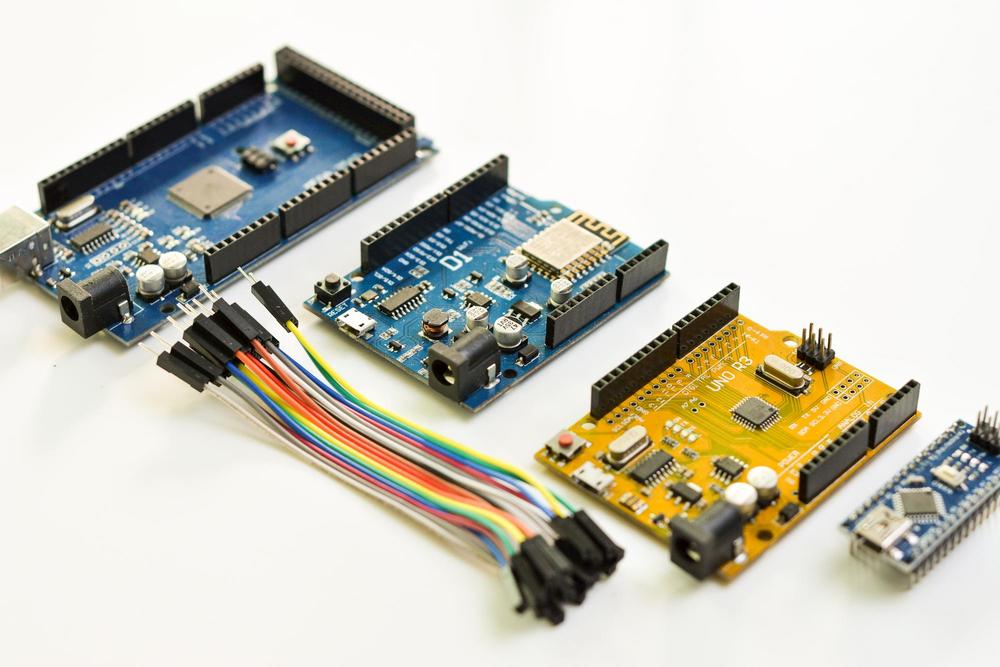Prototyping
Prototyping: Expectations vs. Reality
Why asking the right product questions early will lead you to a successful 1st hardware prototype
Prototyping is a step in the process of converting your ideas to product. When you prototype you make your invention tangible and you take that napkin sketch on your desk and bring it to life. We have all been there, with a great idea, but feeling the weight of the looming questions; is my idea technically feasible and how in the world can I build it?

Photo by Med Badr Chemmaoui on Unsplash
Prototyping hardware devices can seem daunting. Many inventors and entrepreneurs quickly get overwhelmed when they look under the hood of their idea and consider what it takes to integrate all their desired features into their product development. Whether you are a seasoned engineer or a first time inventor, every new technology deserves taking a moment to set expectations by asking and answering some specific product development questions before you jump into your desire “to make”.
A good prototype has a clear and defined intention. Always start your prototyping journey by asking the simple question of why.
Q1: Why am I prototyping?
A good prototype has a clear and defined intention. Always start your prototyping journey by asking the simple question of why. Why does this idea need to be prototyped? What are my goals? Prototyping at its core is about making your invention tangible. Ask yourself why do you need to create a product today and your future prototype will immediately become more useful tomorrow. Is your idea totally new to the market? Is your a combination of existing ideas that have never been tried before at once? Take a moment and define what is technologically new and needs to be prototyped and what could be potentially sourced to save you time and money in your product development.
A good prototype comes with a plan to test the most important questions about what is possible in your design. What questions are you trying to answer by prototyping?
Q2: What hypothesis am I trying to test?
A good prototype comes with a plan to test the most important questions about what is possible in your design. What questions are you trying to answer by prototyping? Do you have a hypothesis about a function, a unique user experience, or maybe can I connect device X to device Y in various environments? Look at similar products and see what they are able to achieve. Are there off the shelf electronics available to quickly test your hypothesis in a cost-effective way? What do I need to design and build from scratch? How will my prototype achieve results that are meaningful to validating my hypothesis? Creating a plan on how you will test your prototype once you have it in your hands is almost as important as building it! How can you pull the most value out of your investment to prototype?

Photo by Frank Wang on Unsplash
A good prototype will be useful to yourself as the inventor, but also the people you intend to show the new technology.
Q3: Who will be using my prototype?
A good prototype will be useful to yourself as the inventor, but also to the people you intend to show the new technology. Are you creating your prototype to show just the look and feel of your concept, or do you want it to function as you intend it to in the future? Who will handle your prototype when completed? Will you want to put it your new technology in the hands of potential users? Will you want to put it in the hands of potential investors? How many cycles do you intend for your prototype to last and function? All these questions need to be asked as the first step to prototyping as they will drive your MVP feature list, but also identify what manufacturing processes will be required to build your prototype depending on your needs.
These three questions are about setting expectations and defining the necessary constraints in order to make your 1st hardware product a success.
Take a deep breath, it’s all going to be OK 😉
These three questions are about setting expectations and defining the necessary constraints in to make your 1st hardware product a success. The reality of prototyping is you will have failures, and things will not always work the first time around, especially if they are new product ideas that have never been done before. The risk can be worth it though. Your prototype could make you realize something new about your idea that you never thought of on paper. Your new technology could be put in the hands of a user, and you could recognize it offered more value to them than you expected. Your prototype could even be the talking point in a meeting that makes them better see your vision.
So go forth inventors! time is now to try and test your idea. Ask these questions and set clear expectations with yourself and your prototype before you jump into building it and your chances for success will continue to rise!
As a wise prototyper once said…
“Do. Or do not. There is no try.” — Yoda
-Happy Prototyping from your friends at LastBasic.
Getting your invention made is more affordable than ever
Our sharing economy model makes us very competitive with prices being up to 80% lower than others.
View Pricing
Top Tip
A good prototype has a clear and defined intention. Always start your prototyping journey by asking the simple question of why. Why am I prototyping?, What hypothesis am I trying to test? and who will be using my prototype?